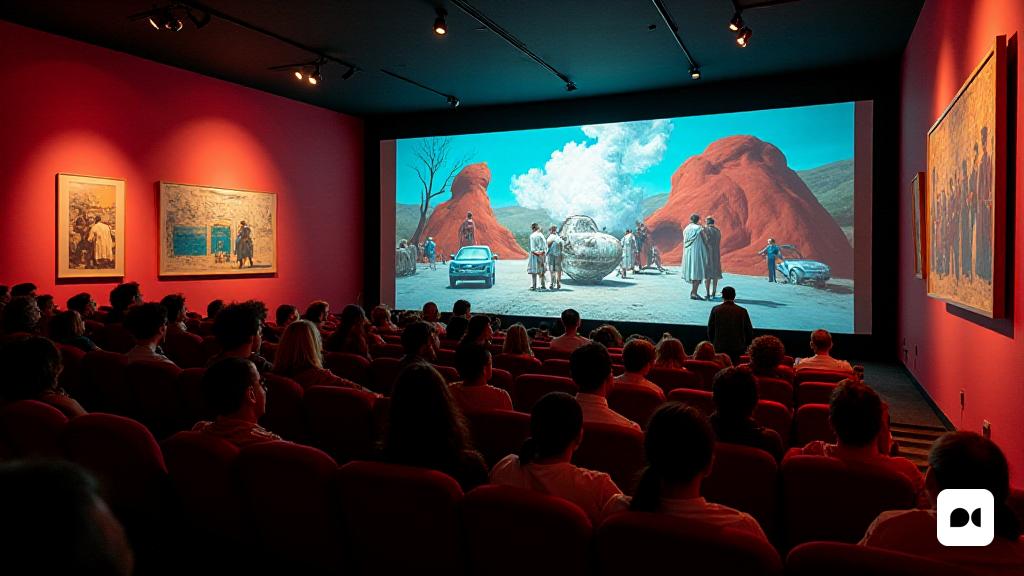The Filmoteca as a scenario of reflection
Last Thursday, the Filmoteca Chomón Room hosted an event that promised to be a unique tribute to Antoni Tàpies, with Albert Serra as the protagonist. This initiative, which seemed to be a more advertising maneuver in the world of art, turned out to be a deep and provocative experience.
Serra: an artist outside of his comfort zone
Beyond the expectations of what we could see, the work presented by Serra overshadowed expectations. In a subsequent colloquium on the projection, a living debate was noticed, with a viewer who expressed his outrage at the way Serra had dealt with Tàpies’ legacy. However, the film, entitled ‘Fe without dead works,’ offered an unpublished perspective on the filmmaker, revealing his artistic intentions and his critical vision.
A critical approach to abstract art
In his presentation, Serra stated the complexity of translating Tàpies’ abstract art into cinematic language. He said that cinema, due to its nature, seeks narrativity and that simply reproducing the artistic forms of Tàpies would not bring anything new. This reflection opened a debate on the relationship between cinema and visual arts, as well as his own artistic practice.
Plots and strangely: a new narrative
Serra opted for an unusual narrative structure, with an approach reminiscent of Pere Portabella’s technique. His work played with the concept of the plot, creating an experience that, at first glance, could seem puzzling. The characters, vaguely based on figures in Roman history, aimed at destabilizing the audience and questioning their understanding.
Subtitles with Creative Tool
One of the most innovative aspects of ‘Faith without dead works is’ is the creative use of the subtitles, which not only accompanied the image, but also integrated into visual narrative in a way that evoked Tàpies’ style. The sentences written about the pictures of the film offer an additional layer of meaning, transforming visual experience into a continuous dialogue between the two forms of art.
A Reflective Final
Although the work may have left some perplexed viewers, the use of innovative techniques by Serra invites us to reconsider their relationship with the legacy of Tàpies. With his work, Serra not only honors the artist, but also challenges the audience to look beyond the traditional expectations of the tribute. Thus, ‘faith without dead works is’ is not only a tribute, but an exploration of the complexities of art in the contemporary context.

